As the world celebrated the International Day of the Girl Child on 11th October amid the COVID-19 pandemic, it was vital to put spotlight on the key factors hampering girls’ education and exacerbating child marriage, which deprives children and adolescents, especially girls from various development opportunities and makes the entire society prone to significant health and socio-economic problems. A report for Different Truths.
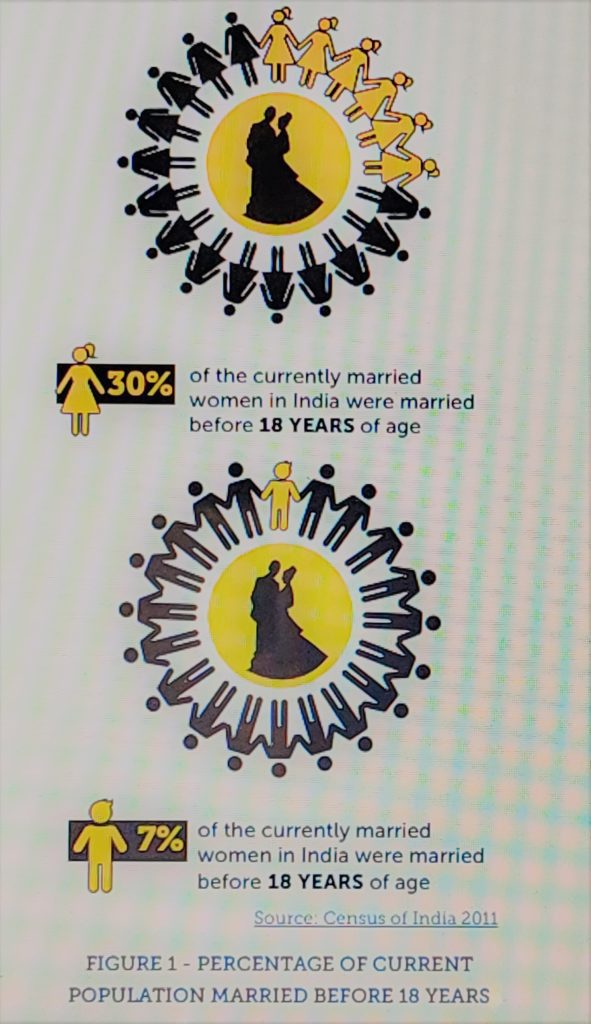
As India continues to grapple with the debilitating tolls levied by the COVID-19 pandemic and with interventions related to child education, health and nutrition and child protection majorly disrupted over the past several months; the risk of child marriage is on the rise with the shrinking of the economy and the resultant increase in vulnerabilities of marginalised families and children.
With an alarming projection of 13 million additional child marriages globally (UNFPA 2020), it’s high time to adopt gender-responsive strategies during the crisis as well as beyond, to mitigate the impact on vulnerable adolescent girls at the individual, family, community and the systemic levels – says Child Rights and You (CRY), an Indian NGO working for children welfare and rights.
With a huge burden of under-age marriage – 17.26 million of married children and adolescents within the age-group of 10-19 years or 7 per cent of the population in the same age-group (Census 2011) is married in India. Data also reveal that girls between 10-19 years of age account for 75 per cent of all the married children in India (13.04 million out of 17.26 million).
To further stress on the complex issue of child marriage and the socio-economic drivers that contribute to it, and to highlight how the current pandemic can exacerbate the challenges, CRY held a webinar where some of the eminent policy makers, academicians as well as civil society experts shared their thoughts.
To further stress on the complex issue of child marriage and the socio-economic drivers that contribute to it, and to highlight how the current pandemic can exacerbate the challenges, CRY held a webinar where some of the eminent policymakers, academicians as well as civil society experts shared their thoughts. The panellist discussed the field-based pieces of evidence and strategies related to child marriage and provided insights to find sustainable solutions to address this issue, ahead of the International Day of the Girl Child.
On this occasion, CRY has come up with an in-depth study on the ‘Status and Decadal Trends of Child Marriage in India’ (https://www.cry.org/wp-content/uploads/2020/10/a-report-on-status-and-trends-on-child-marriage-in-india.pdf), which delves deep into the available secondary data (Indian Census rounds of 1991, 2001 and 2011; and the latest round of the National Family Health Survey 2015-16) on status and trends of child marriage (10-19 years) in India while highlighting their possible socio-economic determinants. The study recognises that marriage of children is a complex socio-cultural phenomenon having multiple inter-linked drivers.
Releasing the study Puja Marwaha, CEO at CRY said that child marriage is a violation of human rights and has a higher impact on girls, “While child marriage is a practice that affects both girls and boys, its impact on girls especially from marginalised communities is higher…”
Releasing the study Puja Marwaha, CEO at CRY said that child marriage is a violation of human rights and has a higher impact on girls, “While child marriage is a practice that affects both girls and boys, its impact on girls, especially from marginalised communities, is higher. There is also an urgent need for strengthening implementation of the Prohibition of Child Marriage Act, 2006.
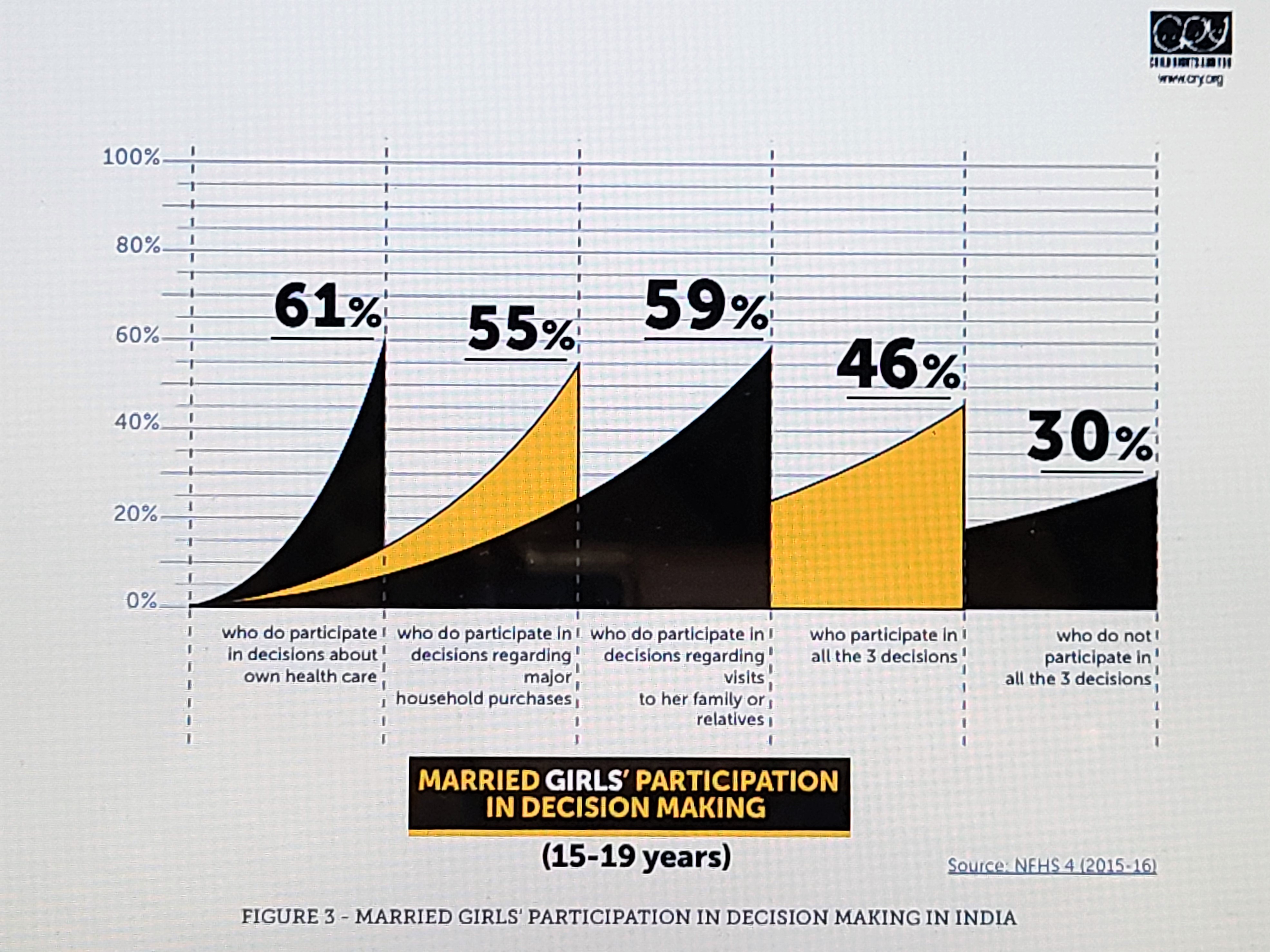
“CRY strongly believes that the effects of Child Marriage are inter-generational and directly impacts education, health, nutrition and poverty of a society and nation. Ensuring good health and nutrition of girls, completion of 12 years of schooling, availability of life skill education and opportunities for higher education are likely to break this vicious cycle of intergenerational deprivation, malnutrition and poverty,”she further added.
In terms of educational indicators, dropout rates for girls increases with each stage of education starting from elementary to higher secondary level further moving up to higher education. Girls who drop out of school are more likely to get married at an early age.
In terms of educational indicators, dropout rates for girls increase with each stage of education starting from elementary to higher secondary level further moving up to higher education. Girls who drop out of school are more likely to get married at an early age.
Married adolescent girls are vulnerable to early motherhood since their access to quality health services and information on sexual and reproductive health, nutrition, and other support is often limited.
The CRY report highlights some worrying trends in India over the last decade (2001-2011), which include: girls in rural areas within the age-group of 15-19 years continue to account for more than half (57 per cent) of all married children in the country; surge of child marriages especially in urban areas (41 per cent); high vulnerability of children to marriage during the early and late adolescence (marriage among early adolescents i.e. within 10-14 years grew by an alarming 35 per cent over 2001-2011…
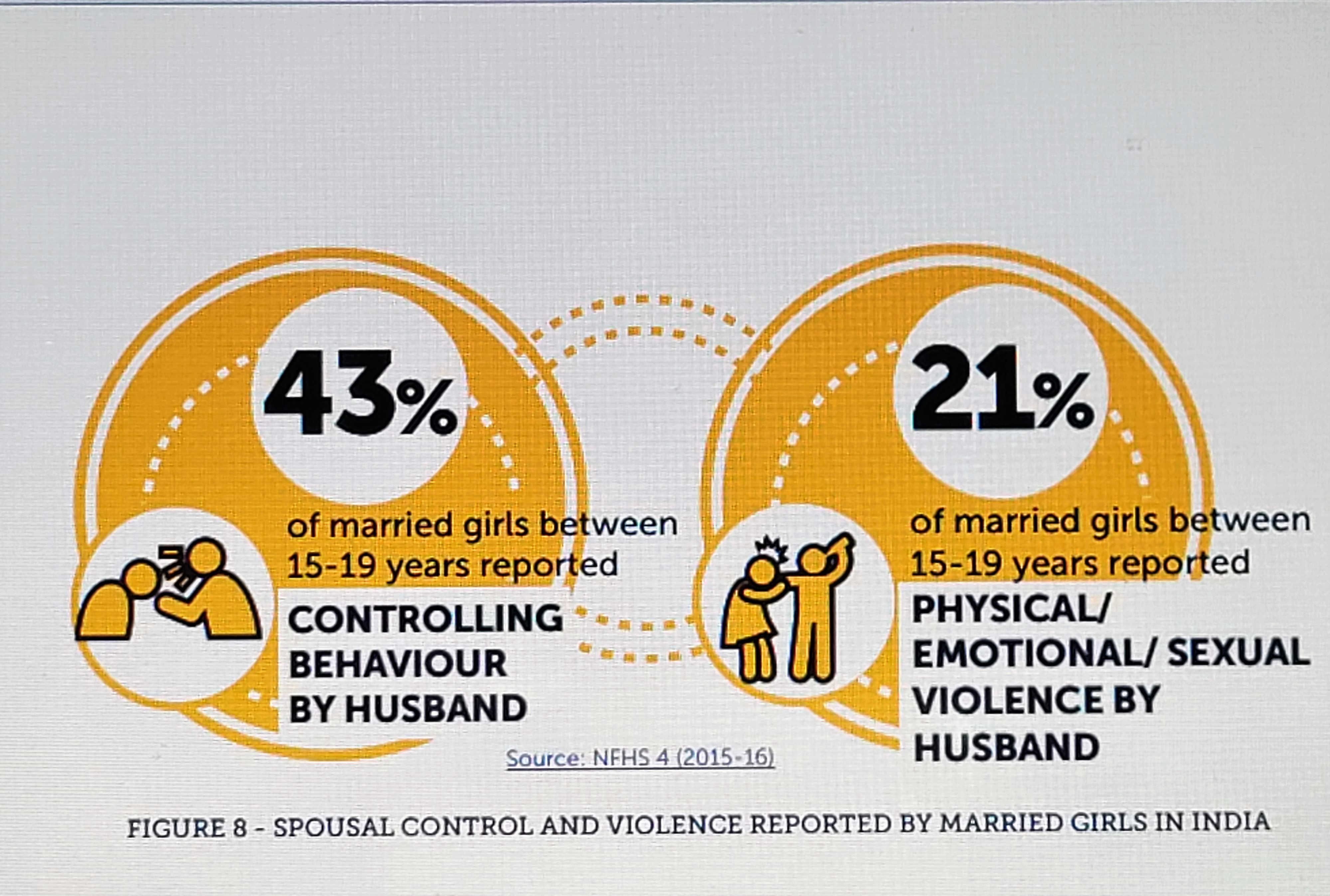
The CRY report highlights some worrying trends in India over the last decade (2001-2011), which include: girls in rural areas within the age-group of 15-19 years continue to account for more than half (57 per cent) of all married children in the country; a surge of child marriages especially in urban areas (41 per cent); high vulnerability of children to marriage during the early and late adolescence (marriage among early adolescents i.e. within 10-14 years grew by an alarming 35 per cent over 2001-2011, while it decreased by 0.22 per cent among late adolescents i.e. within 15-19 years); and rise in marriages among boys along with girls (the number of married girls within 10-19 years grew marginally by 0.23 per cent over 2001-2011, however, marriage among boys has increased by 19 per cent over the same period); among others. [Snapshot of Findings at the end of the release]
Jyotika Kalra, Hon’ble Member at NHRC, who was Chief Guest of the session, said, “Though Child marriage in India has come down, but it still exists in our society and there are several reasons behind it. We need to look at discrepancies in the law regarding child marriage, its poor implementation and focus on changing the mindset of society to take action against child marriage. Also, registration of marriage which as per the Hon’ble Supreme Court is mandatory but not yet prioritized. Lastly, child marriage is more of a socio-economic issue and is directly linked to poverty and education. Thus, to end child marriage focus should be on both educating and economically empowering girls.”
Vedeika Shekhar, Associate at NITI Aayog, said, “One of the biggest concerns has been regarding how women have been affected by COVID-19. Predictions and inputs from NGOs and CSOs show that women are losing their livelihood – 4 out of 10 have lost their jobs in the lockdown, health services disruption has badly affected sexual and reproductive health and mental health.
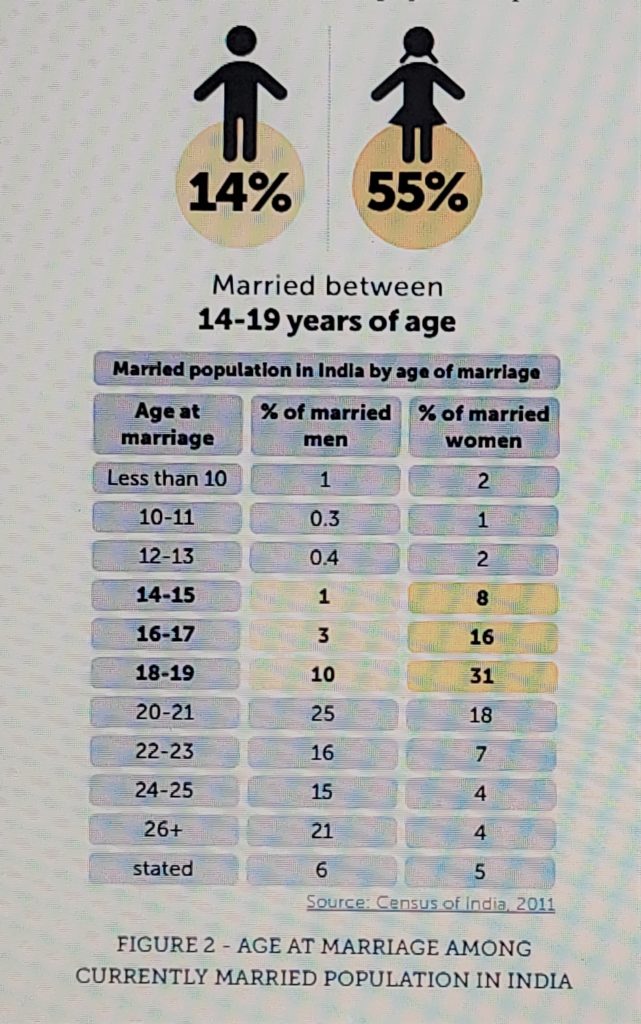
Vedeika Shekhar, Associate at NITI Aayog, said, “One of the biggest concerns has been regarding how women have been affected by COVID-19. Predictions and inputs from NGOs and CSOs show that women are losing their livelihood – 4 out of 10 have lost their jobs in the lockdown, health services disruption has severely affected sexual and reproductive health and mental health. Most importantly, with limited resources of education, girls would be the first to drop out of school and is likely to lead to rising in child marriages. The Ministry data shows that they received 5500 complaints of child marriages during lockdown which is a major issue of concern.”
Meanwhile, Dr Ravi K Verma, Director at ICRW – Asia, added, “We need to change the perspective of understanding on child marriage. I believe the focus should be on prevention and not on stopping it. To attain this, community-based sensitisation and initiatives is the need of the hour. Instead of looking through the lens of law, we need to broaden our vision to address all the issues whether it is security, education, health, aspirations of the girl by listening and understanding the perspective of the community and the family.
Swapnodeepa Biswas, Child Protection Officer at UNICEF, who was a part of the panel, presented solutions for addressing gaps at systemic level for addressing issue of child marriage. She emphasised on need to involve stakeholders at all levels including the adolescents, community and service providers to deal with this social problem.
Swapnodeepa Biswas, Child Protection Officer at UNICEF, who was a part of the panel, presented solutions for addressing gaps at a systemic level for addressing the issue of child marriage. She emphasised the need to involve stakeholders at all levels including the adolescents, community and service providers to deal with this social problem.
To further elaborate on the long term impacts of Child Marriage and possible solutions to address the issue, along with highlighting the decadal trend, CRY also comes up with ‘A Comparative Analysis of State Rules under the Prohibition of Child Marriage Act, 2006’… and a policy document ‘Strategies to Combat Child Marriage during COVID-19 and beyond’
To further elaborate on the long term impacts of Child Marriage and possible solutions to address the issue, along with highlighting the decadal trend, CRY also comes up with ‘A Comparative Analysis of State Rules under the Prohibition of Child Marriage Act, 2006’ (https://www.cry.org/wp-content/uploads/2020/10/a-comparative-analysis-of-state-rules-under-the-prohibition-of-child-marriage-act-2006.pdf) and a policy document ‘Strategies to Combat Child Marriage during COVID-19 and beyond’ (https://www.cry.org/wp-content/uploads/2020/10/a-policy-brief-on-strategies-to-combat-child-marriage-during-covid-19-and-beyond.pdf)that offers set of well-thought-out recommendations. These include strict implementation and re-evaluation of strategies focused on preserving children’s rights; ensuring free and compulsory education for secondary and higher secondary classes; increasing engagement of boys/men in preventing child marriages; increasing investment to improve health and nutrition outcomes for children and adolescents; reviewing the National Policy for Children 2013 and ensuring adequate attention to the issue of child marriage; and last but not the least, stricter implementation of the Prohibition of Child Marriage Act, 2006.
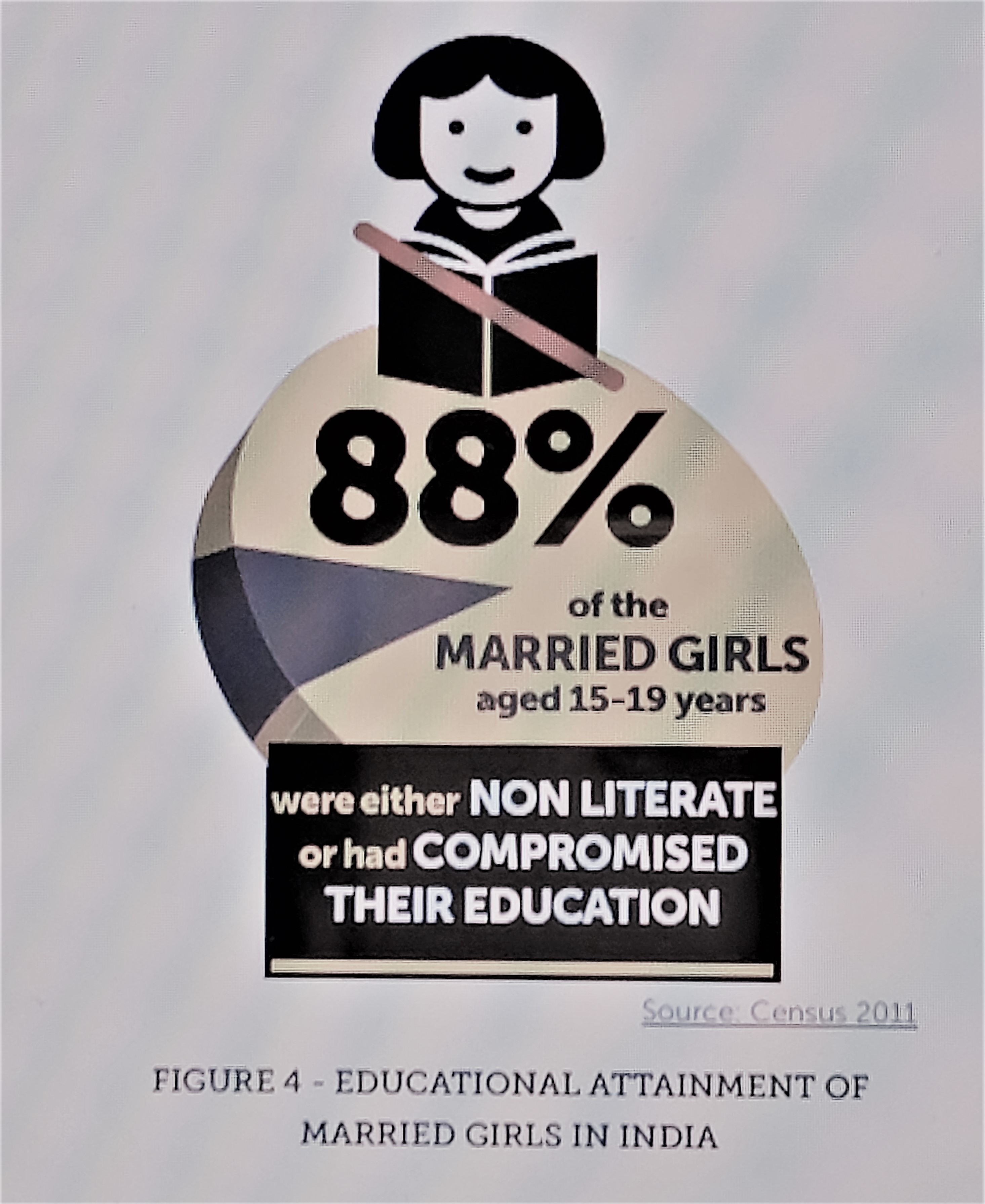
Snapshot of Salient Findings – ‘Status and Decadal Trends of Child Marriage in India’:
1. There are currently 17.26 million married children and adolescents in India (10-19 years). 7 percent of the population between 10-19 years is married in India.
2. Girls between 10-19 years of age account for 75 percent of all the married children in India (13.04 million out of 17.26 million)
3. 83 percent of the currently married children in India are between 15-19 years of age (14.34 million out of 17.26 million)
4. Over 2001-2011, marriages among children between 10-19 years rose by 4.35 percent. The percentage of married child population (10-19 years) reduced marginally by 0.5 percentage points over 2001-2011 (from 7.3 percent in 2001 to 6.8 percent in 2011).
5. Over 2001-2011, child marriages in rural areas have decreased marginally by 4 percent (10-19 years). Urban areas in India witnessed an increase of 41 percent in child marriages over the last decade.
6. 5 states namely Uttar Pradesh, Bihar, West Bengal, Maharashtra and Rajasthan account for 55 percent of all the child and adolescent marriages in the country (10-19 years) as per census 2011.
7. Bhilwara district in Rajasthan topped the list for having the highest percentage of child marriage across age category and gender over the decade of 2001 and 2011. (2001 and 2011 census).
8. States that had the highest percentage of married children also had low school enrolments (Jharkhand, Assam, Bihar). Likewise, states with highest percentages of married children also indicated high rates of MMR, IMR and NMR (Uttar Pradesh, Odisha, Madhya Pradesh, and Chhattisgarh).
9. West Bengal, Jharkhand, Assam, Gujarat and Tripura had the highest levels of adolescent anaemia and are among the high-critical states for child marriage
10. Based on analysis of the latest round of NFHS-IV (2015-16), the major social determinants of child marriage emerged to be education and literacy level of the women, husband’s education, and economic status of the family, place of residence (urban/rural), a region of domicile, religion and caste.
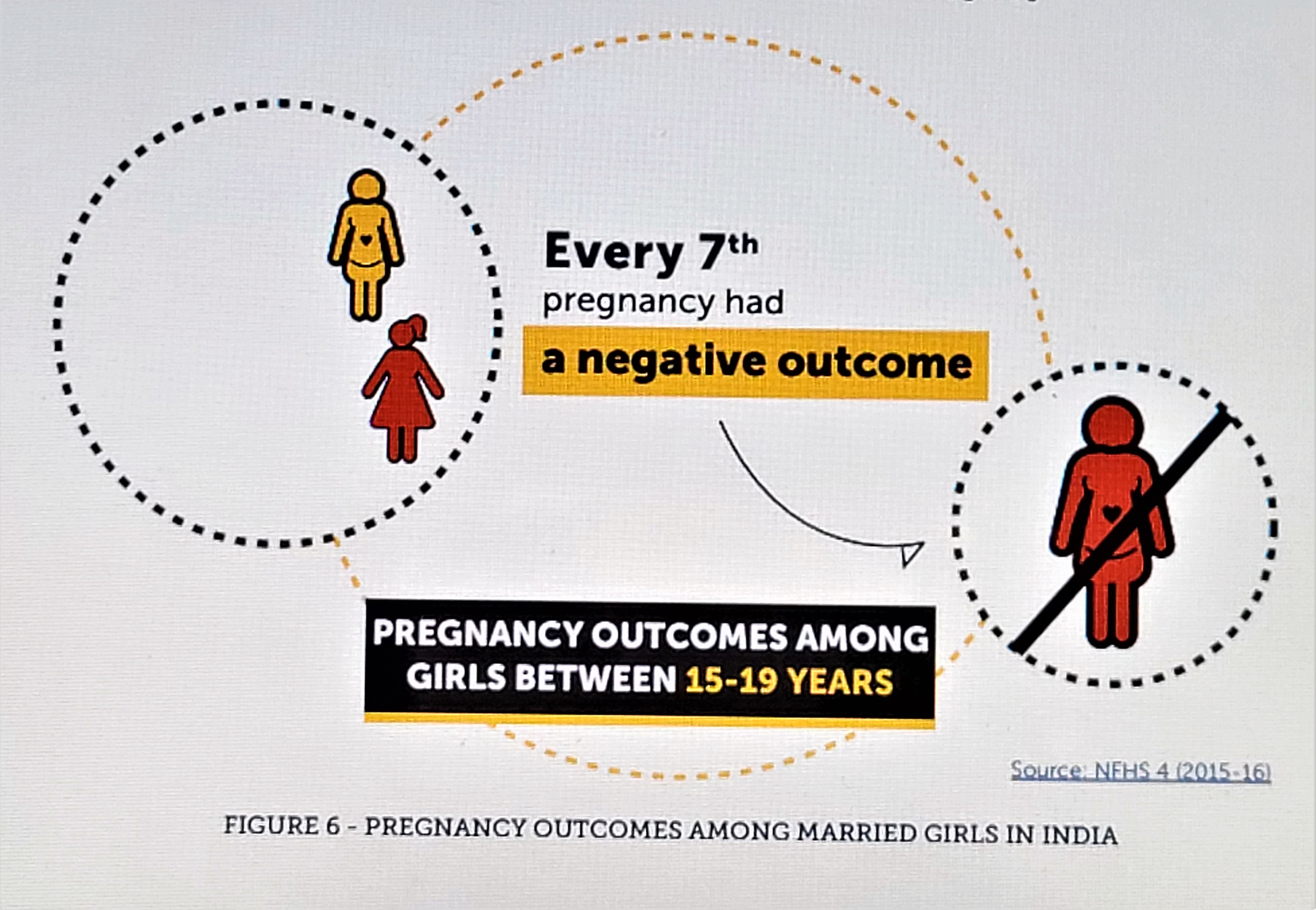
PC : CRY
Photo from CRY

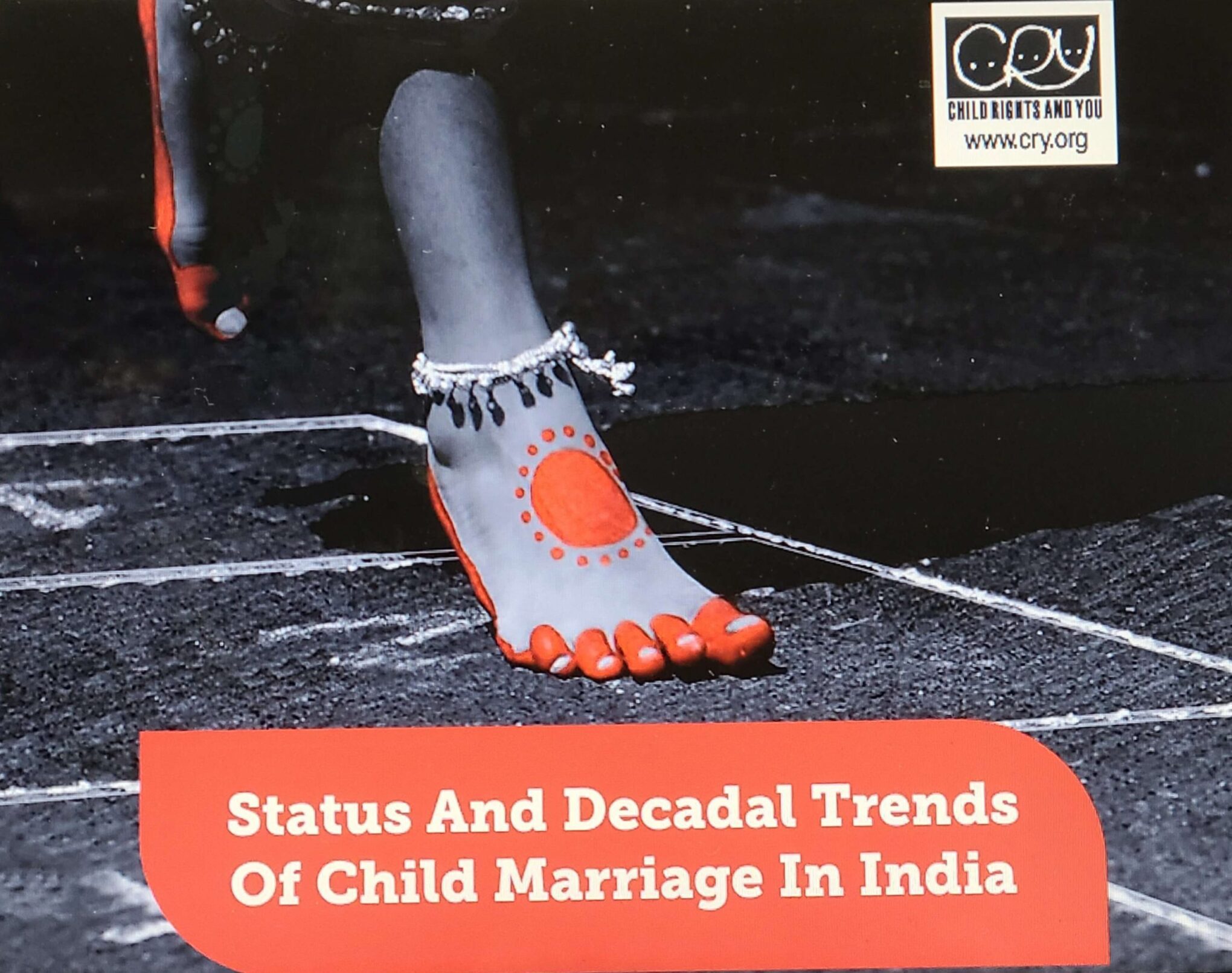



 By
By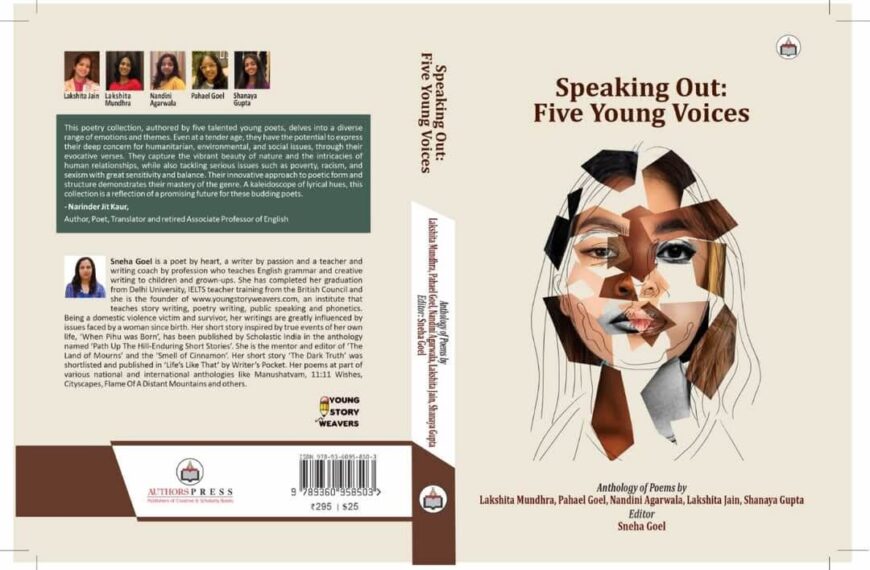
 By
By
 By
By
 By
By